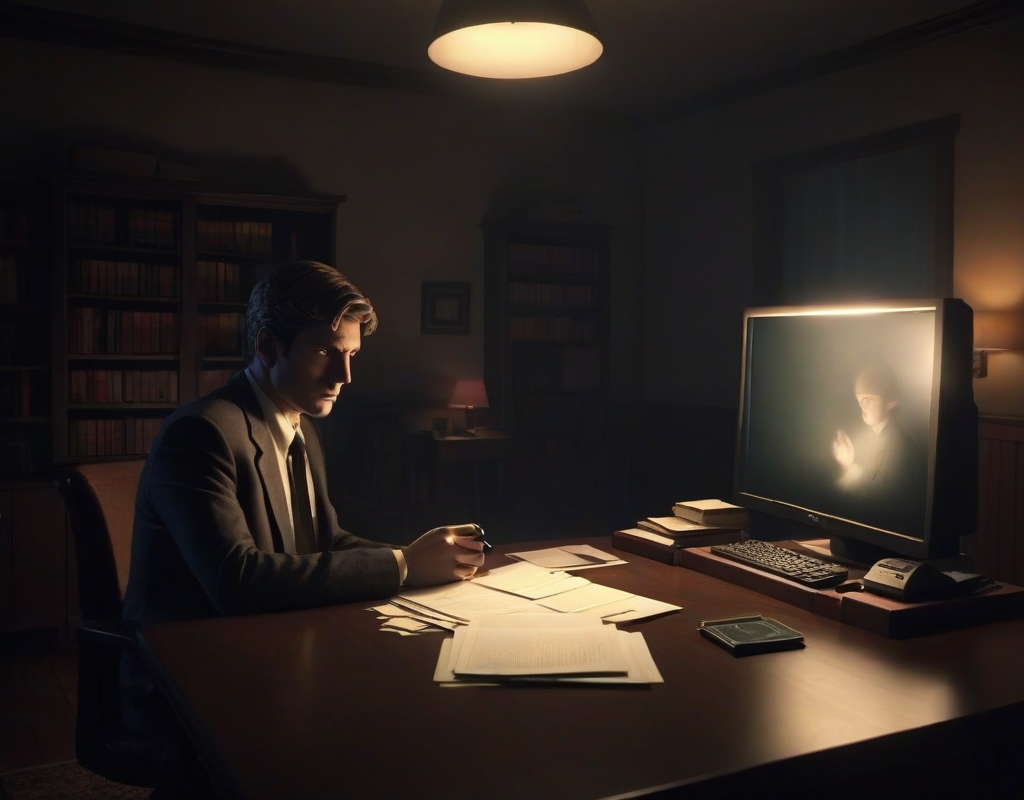A recent claim made by Iroc Avelli, who formerly worked as a bodyguard for OJ Simpson, has reignited interest in a case that gripped America in the mid-1990s. Avelli has asserted possession of a recording that allegedly captures Simpson confessing to the 1994 murders of Nicole Brown Simpson and Ronald Goldman. This supposed confession is said to be saved on a thumb drive, which only came to light following its seizure by police in 2022.
The murders of Nicole Brown Simpson and Ronald Goldman in June 1994 were both gruesome and mysterious, with the victims found brutally stabbed outside Brown’s residence in Los Angeles. These violent acts drew immense public attention and suspicion quickly fell on Nicole’s ex-husband, OJ Simpson, a celebrated NFL star. After a dramatic and widely publicized low-speed car chase, Simpson was arrested and charged. His trial, which ended in acquittal, was marred by controversies and became emblematic of broader racial and societal issues, leaving a lasting impression on American culture. Despite his acquittal, the case remained unresolved officially, leaving room for ongoing speculation and theories.
The recent developments began after Simpson’s passing in April 2023, when Avelli prompted the authorities about a thumb drive allegedly containing Simpson’s confession. However, the Bloomington Police Department, after examining the evidence provided, reported finding no incriminating material on the thumb drive, which instead contained personal recordings from Avelli, but nothing from Simpson.
This revelation arose against the backdrop of Avelli’s 2022 arrest due to an assault charge, leading to the seizure of his personal items including several thumb drives. When Avelli and his attorney claimed one of these drives included Simpson’s confession, the Los Angeles Police Department sought assistance from the Bloomington police for further investigation. The outcome was disappointing for those hoping it might shed new light on the decades-old case.
The ongoing puzzle of what really happened in 1994 has perpetuated a divide among the public and remains a topic of extensive intrigue and debate. According to forensic analyst Lisa Parson, revisiting such a dated case is fraught with obstacles, as time exacerbates challenges related to the degradation of evidence and reliability of memories, adding to the complexity of legal hurdles.
Moreover, the trial itself marked an early intersection of celebrity culture and legal drama, setting precedents for how such cases are perceived and handled in the public eye. David Green, a legal scholar, suggested that the Simpson case helped evolve the landscape of media and its influence on public opinion, reflecting societal biases and the ever-changing media dynamics.
In a turn of events that added another layer to the legal saga, a civil suit filed by the Brown and Goldman families in 1997 found Simpson liable for wrongful death, contrasting sharply with his earlier acquittal in the criminal trial. This civil case verdict has prompted ongoing discussions about legal standards, justice, and reconciliation of differing outcomes within the American legal system.
Following the recent interest stirred by Avelli’s claims, the mystique surrounding the night of the murders lingers, with the public and media continuing to speculate and discuss possible undisclosed truths.
Persistent interest in the Simpson case serves as more than just curiosity; it symbolizes the continuing evolution of societal norms about truth, justice, and media influence. High-profile legal cases like Simpson’s provide a framework for public discourse about racial and social dynamics and are often reflective of broader societal issues.
In conclusion, although the investigation into the thumb drive did not offer the closure many had hoped for, it did not dampen the essence of the Simpson case in the American psyche. As society evolves, the interpretation of these historical events continues to influence cultural and historical narratives, nurturing a continuous demand for deeper understanding and justice, highlighting both unresolved legal enigmas and the indelible impact of the case on American society. As new information surfaces and old wounds are revisited, the quest for truth remains a paramount endeavor, mirroring the complex interplay of celebrity, media, and justice.




